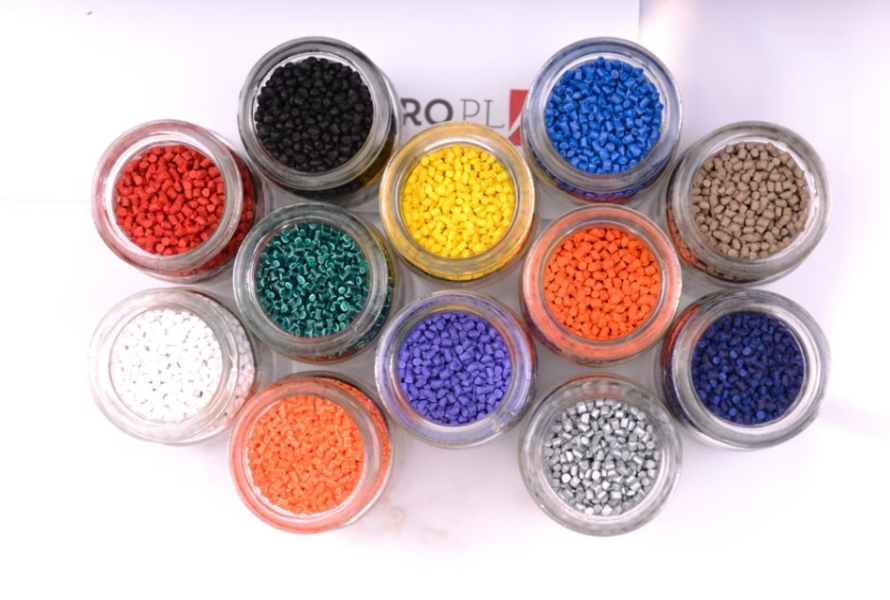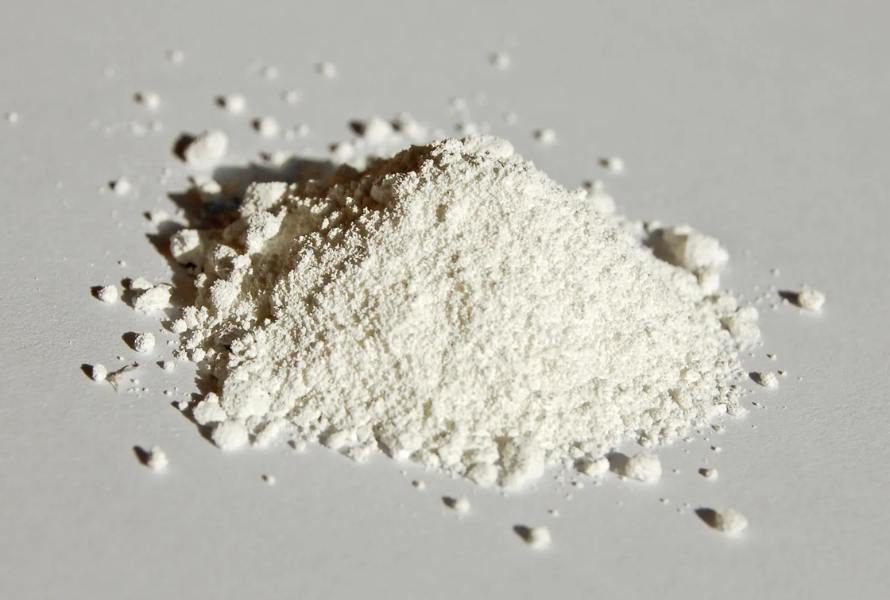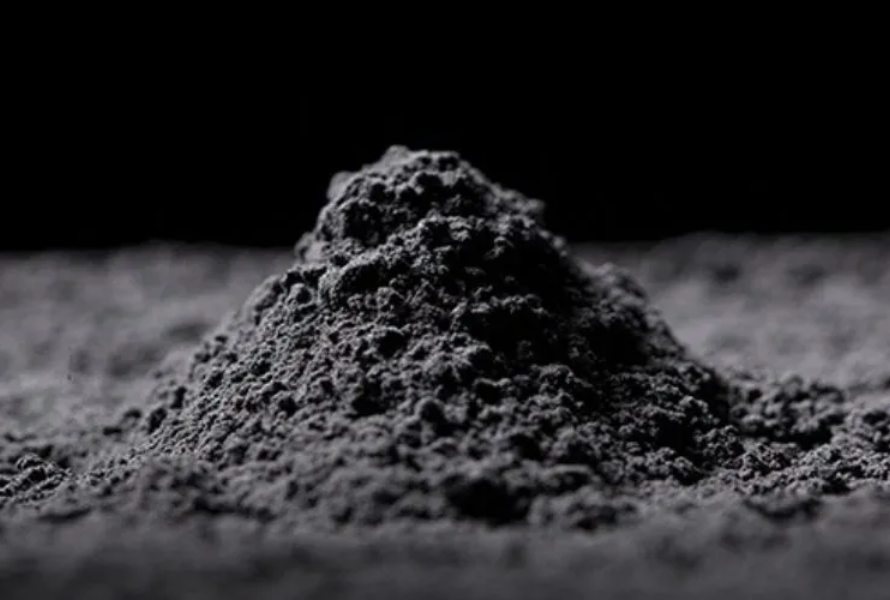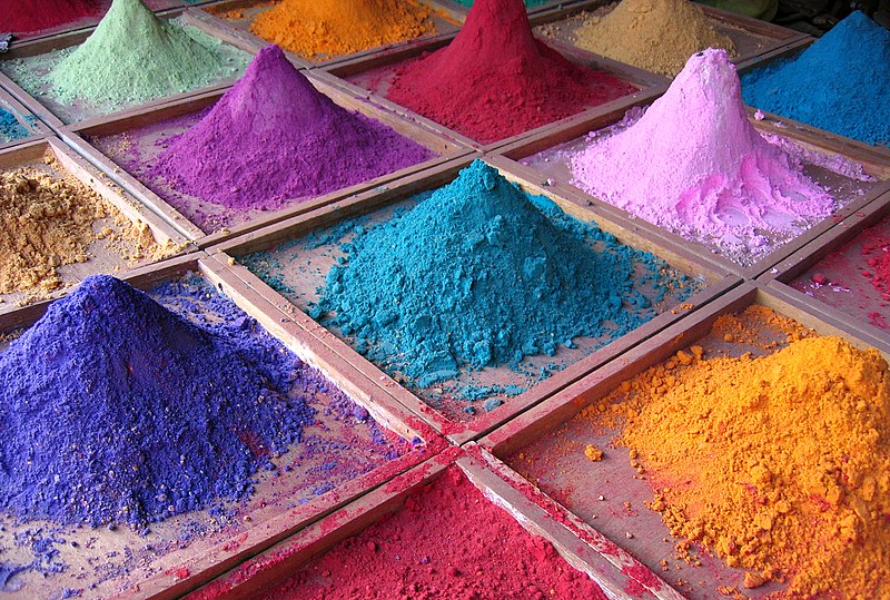Color masterbatch is a well-known product for the plastics industry to add attractive colors with uniformity across plastic products. Therefore, it is imperative to choose the right coloring agents in order to come up with a high quality color masterbatch. Now let us discuss the three broad categories of coloring agents used in color masterbatch formulations.
Read more:
The excellent colorant for plastic is the color masterbatch of EuP
What is color masterbatch and how was masterbatch produced?
1. What is Color Masterbatch and Its Applications In Life?
Color masterbatch is a combination of coloring agents, additives and a polymer base which is added to the plastics during processing to afford the required color and other characteristics. It plays an important role in the production of plastics as it is used to control the color and properties of the end products. Thus, choosing the right coloring agents to make a color masterbatch is very essential.
Color masterbatch can ensure the quality of color in various plastic products and also represents a possibility to distinguish one’s products in the market. It is a vital asset in the production of various colorful and useful plastics employed in our daily lives within the plastic industry. Here are some of its applications in life:
- Packaging: Color masterbatch is widely applied in the packaging industry to color various types of plastic packaging products like bottles, containers, films, and bags.
- Consumer Goods: Color masterbatch is used in the coloring of household utensils, toys, furniture and other products made from plastic.
- Automotive: Another application of color masterbatch is to color some parts that are used in automobile manufacturing including car bumpers, dashboards and interior trims among others.
- Construction: As for its application, color masterbatch is employed to impart specific colors to plastic pipes, windows, building materials, etc.
- Electrical and Electronics: In the electrical and electronics industry, color masterbatch is employed for coloring plastic casings, housings, and other related parts.
- Agriculture: The color masterbatch is to color plastic mulch films, greenhouses or other agricultural products for aesthetic and quality purposes.
- Textiles: Color masterbatch is applied to give color to synthetic fibers like polyester or nylon that are employed in textile processing.
Read more: Color masterbatch – What to know its main constituents and purposes?

A polymer base, coloring agents, and additives are combined to create a color masterbatch for giving plastics the desired color.
2. Three Types Of Coloring Agent To Create Color Masterbatch
2.1. Titanium Dioxide (TiO2)
Titanium dioxide is one of the most commonly used white coloring agent in the preparation of color masterbatch. It has a very high degree of obscuration, brightness and has better hiding power and is used for creating opaque white coloring agents or as under base for other colors.
Due to its properties of reflecting light and good hiding power, titanium dioxide is used in many plastic products, especially in the packaging materials, toys, automobile and construction industries. The application of TiO2 in coloring agents enables them to set a standardized bright white shade or in case there is a need to modify a number of other variants of colors.
Read more: What is titanium dioxide? Titanium dioxide used in plastic

One of the white coloring agents that is most frequently utilized to create color masterbatch is titanium dioxide.
2.2. Carbon Black
Carbon black is a black coloring agent that is widely used in formulating color masterbatch. It is made by heating heavy petroleum products or natural gases but low in complete combustion leading to a fine powdery substance that gives excellent color strength and UV protection.
The addition of carbon black into the coloring agent provides a strong black color to the plastic products; therefore, it is an essential ingredient for many applications like automotive, electrical insulation products, and many industrial uses. Moreover, the electrical conductivity of carbon black could be further used to increase the efficiency of specific types of plastics. Due to the flexibility of carbon black, it is vital in formulation of coloring agent formulations in different industries.
Read more: Black masterbatch: facts you may surprise

One common black coloring agent used to create color masterbatch is carbon black.
2.3. Other Color Pigments
Moreover, color masterbatch could also incorporate other colored pigments in order to have a wide range of colors and tones apart from the standard white and black coloring agents. These coloring agents can be of organic or inorganic type, may be metal oxide pigments, dyes, speciality pigments, etc. For instance, it has iron oxides for reds and browns, chromium oxides for greens, cobalt oxides for blues and any other organic pigments to produce bright and catchy colors.
The possibility to add these specified color pigments to the coloring agents is the key that permits manufacturers to manage the look of the plastic products and meet the requirements of various markets and consumers in terms of colors and appearances in packaging, consumer goods, textiles and many other industries.

Color masterbatch could include various colored pigments to create a broad spectrum of colors and tones.
3. Conclusion
The choice of the appropriate coloring agents is of a decisive importance for the creation of efficient color masterbatch formulas. With the characteristics of three coloring agents: titanium dioxide, carbon black and other color pigments, the plastics manufacturers can formulate color masterbatch in accordance with the intended use of the product in the plastics industry.
4. About EuroPlas’ Color Masterbatches
EuroPlas specializes in the production of color masterbatches made from various coloring agents. Our color masterbatch collection encompasses an extensive number of products that can be used in different plastic processes.
Key Points about EuroPlas' color masterbatch:
- Create exact colors as end-products' requirements
- Great dispersion
- High color fastness and good thermal resistance
- Environmental friendly
- Various color choices
For more information about EuroPlas' color masterbatch solutions, please contact us.